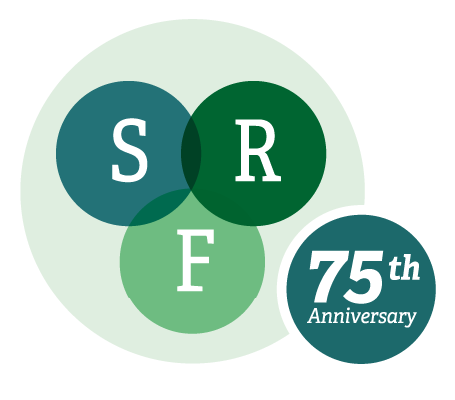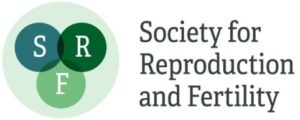Wildlife Cyroconservation: Development of biobanking strategies to halt and reverse biodiversity loss.
Overview
Cryopreservation of genetic material has become commonplace in livestock and is increasing being applied to captive wild animals. Indeed, huge reserves of gametes and cells are now stored in order to preserve precious genes from at-risk populations of threatened species. However, whilst this technology is now relatively well utilized, the manner in which biobanking takes place is somewhat sporadic and disorganised, with host organisations ranging from governments, through to NGOs, zoos and charities. Globally, we are in need of definitive and robust recommendations for host organisations to cryopreserve genetic material sensibly and sustainably. This PhD will serve to develop a robust biobanking strategy to halt biodiversity loss which is reliably applicable to wildlife and domestic species with the following aims:
(a) review the field and identify current best practices and management strategies in animal biobanking and cryopreservation;
(b) work with key stakeholders to identify the challenges they face in wildlife biobanking and current rates of usage, and
(c) cocreate with a range of stakeholders and users a definitive biobanking strategy for the cryopreservation of gametes and cellular material from selected zoo populations.
We will use best practice from both wildlife and domestic species cryoconservation to inform a systematic and robust strategy for different managed populations going forward.
Please click here to find out more

